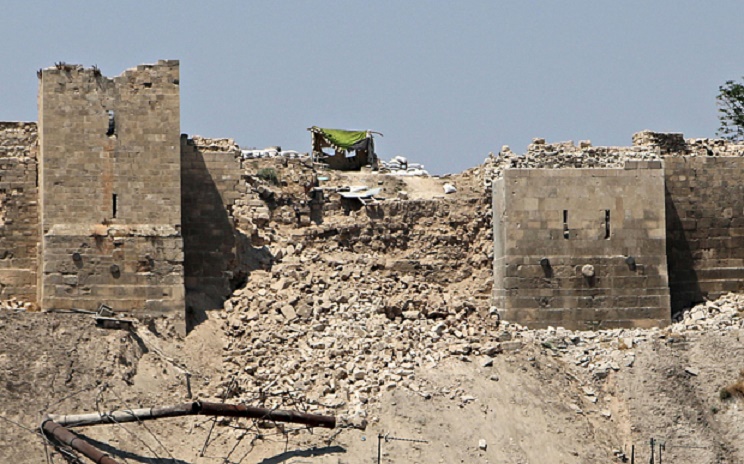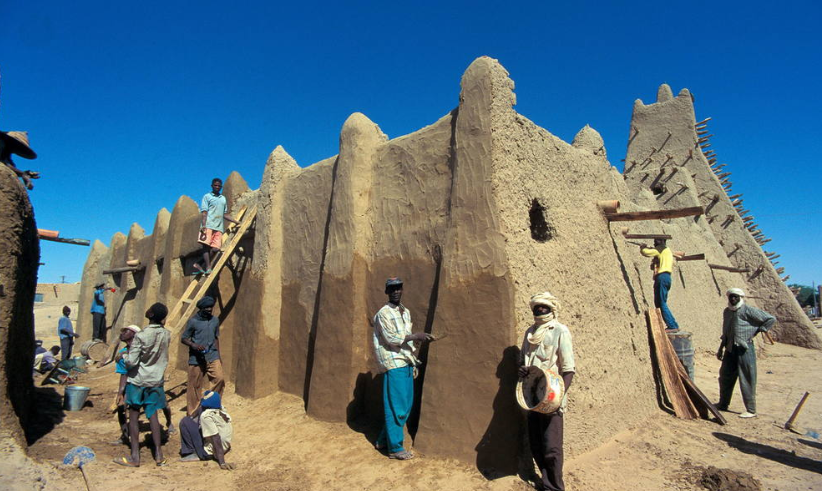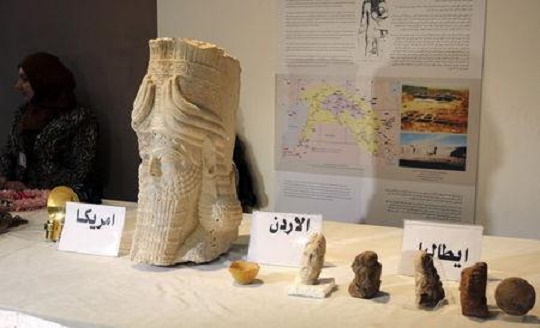Sew La Ti Embroidery:
Cultural Legacy
Italy: Basilica at Pompeii to reopen for tourists

Near East: Restoration work to begin at historic Genoese castle

Italy: Pompeii's 'Cave Canem' mosaic restored

France: France returns looted gold antiquities to China

India: Buddhist sites in Thotlakonda and Bavikonda cry out for attention

Heritage: Taxila, the lost civilisation

Heritage: Valley of Thracian Kings keeps its secrets

Iraq: US returns Iraqi artefacts recovered in Syria raid

Near East: Blast in Aleppo does major damage to citadel wall

Italy: Satanic symbols carved into ruins at Ostia Antica

Near East: UNESCO slams Israeli digs in East Jerusalem

Near East: Wind power plant to be built on ancient necropolis

Near East: Byzantine church in Turkey for sale on Internet

Peru: Peru increasing protection of archaeological sites in Trujillo

Iraq: Iraq celebrates return of antiquities
Heritage: Reconstruction of Timbuktu mausoleums nears completion

Heritage: Dating, understanding and appreciating the Aboriginal Rock Art of the Kimberley

India: Mughal gateway collapses in North Delhi

Near East: Ephesus added to UNESCO World Heritage list

North America: 18th century Spanish-built Alamo fort in San Antonio awarded World Heritage status

